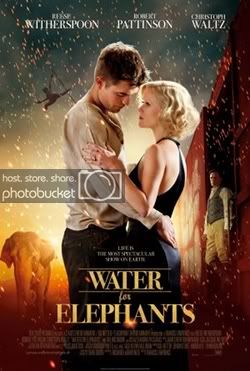Review: Hokusai *Heart of Japanese Cinema Blogathon*
Dir. HIROSHI TESHIGAHARA
1954
**The following review is apart of the Heart of Japanese Cinema Blogathon**
Hiroshi Teshigahara is mostly recognized for his borderline avant-garde collaborations with novelist and screenwriter Kobo Abe; Pitfall (1962), Woman in the Dunes (1964), and Face of Another (1966). However, Teshigahara’s cinematic resume extends well beyond these three features as exhibited by his rather impressive collection of documentary films. One of these documentaries and his debut feature nonetheless was Hokusai, a short 23 minute exposé on the life and artistry of one of Japan’s most acclaimed premodern woodblock painters, Katsuchika Hokusai.
Paralleling a style he would later incorporate into another piece of documentary filmmaking, Antonion Gaudi (1984), Teshigahara uses a collage of Hokusai’s art as the centerpiece of the film. In Gaudi, he took us on an enthralling tour through the interiors of some of the architect’s most extraordinary constructions, where as here he uses that same eye to glide us over a vast array of Hokusai’s paintings, while chronicling the history of the artist and the era in which this artist lived in the process. As the narrator explains, Hokusai’s original style as an artist was born from his desire for realism and in doing so he greatly influenced modern western art forms. Adored by the commoners and loathed by the samurai, his paintings frequently depicted either civilization hard at work, such as farmers tending to their crop fields, or gorgeous images of the Japanese countryside as illustrated by his stunning series of prints entitled Thirty-six Views of Mount Fugi.
As the film continues we discover his success as a painter however did not necessarily translate to prosperity and in fact, much of Hokusai’s early years where spent in agonizing poverty. Family life was not much easier for him, as his first wife died when they were both very young and his second wife died not too much longer after that. And Hokusai did not marry again. Instead, he dedicated the rest of his life to his art. He once stated that he would not be a real painter until he turned 100 years old but at the age of 91, he passed away, leaving behind a legacy that would last forever and a collection of art that has come to represent the latter half of the Edo Period.
The film is composed of a series of close-ups and extreme close-ups, in which Teshigahara takes us on a surprisingly moving journey through a collection of Hokusai’s most famous paintings. With the addition of a traditional musical score and sound effects, like for instance the breaking of waves and the falling of raindrops, Teshigahara brings Hokusai’s classical artwork to life right in front of our very eyes. Teshigahara was an artistic and a sculptor in his own right, but Hokusai represents more than just a singular tribute of one artist saluting another, but rather a piece of art in its own right and at a mere 23 minutes, it’s a film that says surprisingly a lot about the artist in question; his paintings, his hardships, and the time period in which he lived.










 Review: Water For Elephants
Review: Water For Elephants Review: Mysteries of Lisbon *BAFICI Screening*
Review: Mysteries of Lisbon *BAFICI Screening* Review: The Turin Horse *BAFICI Screening*
Review: The Turin Horse *BAFICI Screening* Review: Taxi Driver
Review: Taxi Driver Review: Your Highness
Review: Your Highness Trailer: Grave Encounters
Trailer: Grave Encounters Trailer: Julia’s Eyes
Trailer: Julia’s Eyes Trailer: The Bleeding House
Trailer: The Bleeding House Trailer: Submarine
Trailer: Submarine Trailer: X-Men First Class *UK*
Trailer: X-Men First Class *UK*






